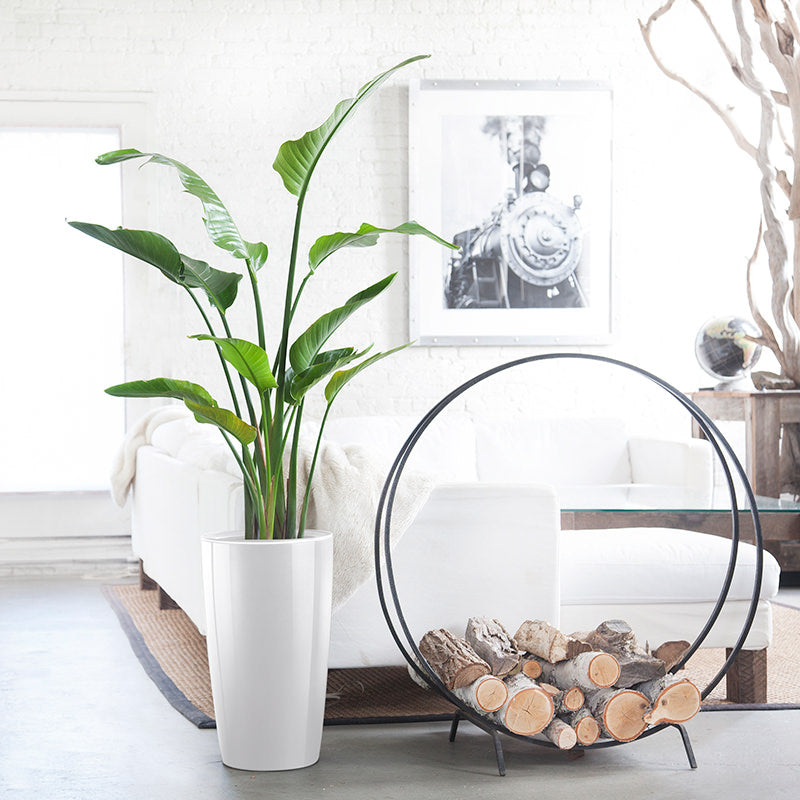Once I understood the importance of the pump keeping the pressure on inside the container I was in business. Lovely spray makes my work so much easier and my plants are smiling.
Dear Irene,
Thank you for sharing your experience!
We're delighted to know that the spray has not only simplified your care routine but also brought smiles to your plants.
Green Cheers! ✨
I was very pleased to order but would have liked it if someone had guided me . Secondly in comparison it was very expensive
Dear Neelam,
Thank you for your feedback.
Please reach out to us via the contact page to elaborate on what specific guidance or support you were hoping for during your experience?
This will help us enhance our services for you and future customers.
Also, we offer a one-on-one plant consultations to help in selecting the right plant , to explain how the watering system works and answer any questions. The consultation can be booked at our contact page.
Our plants are priced higher due to the inclusion of planters with built-in sub-irrigation systems. This feature ensures optimal watering and contributes to the overall health and longevity of the plants, providing customers with a convenient and sustainable solution.
May your plant grow happy and healthy! Green Cheers!
Thank you. The delivery was on time and the plant was perfect. Well packed and ready to be set on display!
Dear Laura,
We're delighted to hear that you had a positive experience with our service!
We aim to provide quality products and service, and we're thrilled to have met your expectations.
If there's anything else we can assist you with, please feel free to let us know. Enjoy your beautiful plant!
Pothos Neon In 6" Nursery Pot
Hello Robert,
Thank you for your 5 start review. We are happy to know you love your new plants.
Green Cheers!
It’s everything you need. I like having all the necessary tools on hand.





